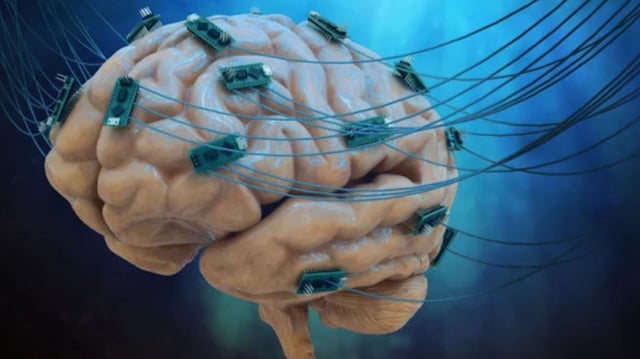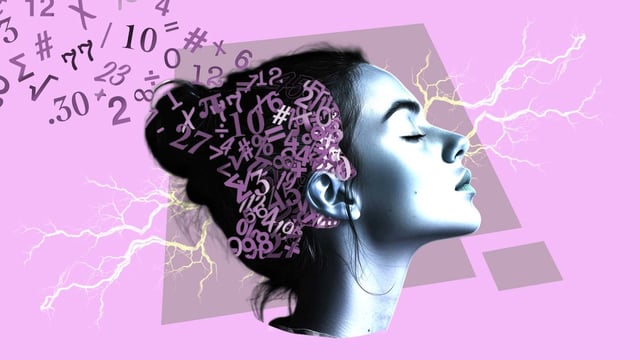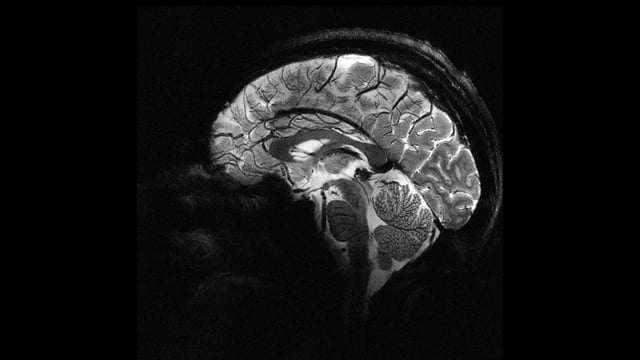Overview
- A PLOS Biology study of 72 adults showed that baseline connectivity among the dlPFC, PPC and hippocampus predicts calculation learning but not memorization outcomes.
- Mild transcranial random noise stimulation (tRNS) to the dorsolateral prefrontal cortex boosted calculation scores by 25–29 percent in participants with weaker neural connections, with no significant gains for high performers.
- Magnetic resonance spectroscopy linked the learning improvements to interactions between tRNS-induced neuron excitability and GABAergic modulation alongside glutamate levels.
- The findings suggest a brain-based intervention could help counter the Matthew effect by narrowing math achievement gaps rooted in innate neurobiology.
- Researchers are now preparing to test the approach’s safety, ethical considerations, feasibility, applicability beyond laboratory conditions.



